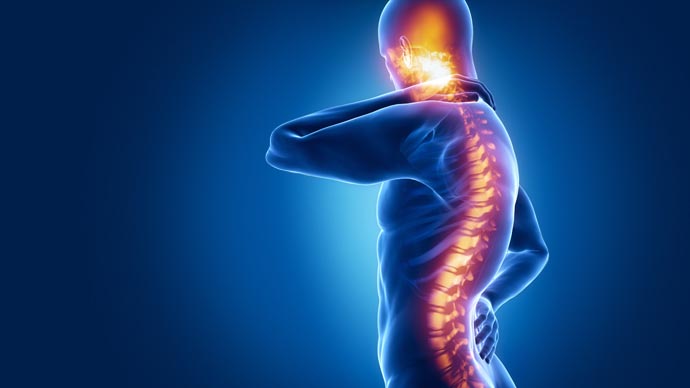A new Cell Therapy has helped in the recovery of two-thirds of the subjects from Spinal Cord Injury paralysis. The trial showed that the subjects recovered significantly on at least one side from paralysis with 67 percent of recovery rate, which is more than double the rates of recovery observed in both matched historical controls as well as the published data in a similar population.
All of the 6 selected participants in the study had lost all motor functions below the location of the injury. Each one of them received a surgical injection of 10 million Stem Cells.
Dr. Richard G. Fessler, professor at Rush University Medical Center in Chicago said that the results of this trial were beyond anything he had hoped for in the study. He is the lead investigator of the study of nerve cells called oligodendrocyte progenitor cells, or AST-OPC1 which helps the nerves to function better. Rush is one of the nine centers in U.S. working on this new approach.
Improvements after Treatment
With this therapy patients who are paralysed in the neck, are able to recover and perform normal functions such as eating, writing and other things we do with our hands every day. Moreover, patients with Spinal Cord Injuries continue to show improvements even after 12 months of receiving the treatment. This is indeed a meaningful improvement for the patient.
Fessler performed a surgery at Rush for Christopher Block, who was injured in an accident in July 2016 that left him paralyzed from the neck down. He received an injection of 10 million AST-OPC1 cells, which support proper functioning of nerve cells and helping to restore the conductivity of signals from the brain to the upper extremities in a damaged spinal cord.
Dr. Edward D. Wirth III, chief medical director of Asterias said that although the aim of the study was that around 12 months, 45- 50 percent of the subjects would recover at least two motor levels on at least one side, however, the study results exceeded the target recovery rate.
The trial involves testing three escalating doses of AST-OPC1 in as many as 35 patients with subacute, neurologically complete injury to the cervical spinal cord. This refers to individuals essentially who have lost all sensation and movement below their injury site and have severe paralysis of the upper and lower limbs. AST-OPC1 is being administered 21 to 42 days after the injury and neurological exams and imaging procedure of patients have been conducted to assess the safety of the treatment. In order to ensure that this therapy works, the spinal cord has to be in continuity and not severed completely . Patients should start their treatment within 25 days of the injury.
Please feel free to contact us for any queries or information about the Stem Cell Treatment and one of our Patient Representatives will get back to you at the earliest.
H/T: Futurity




 English
English